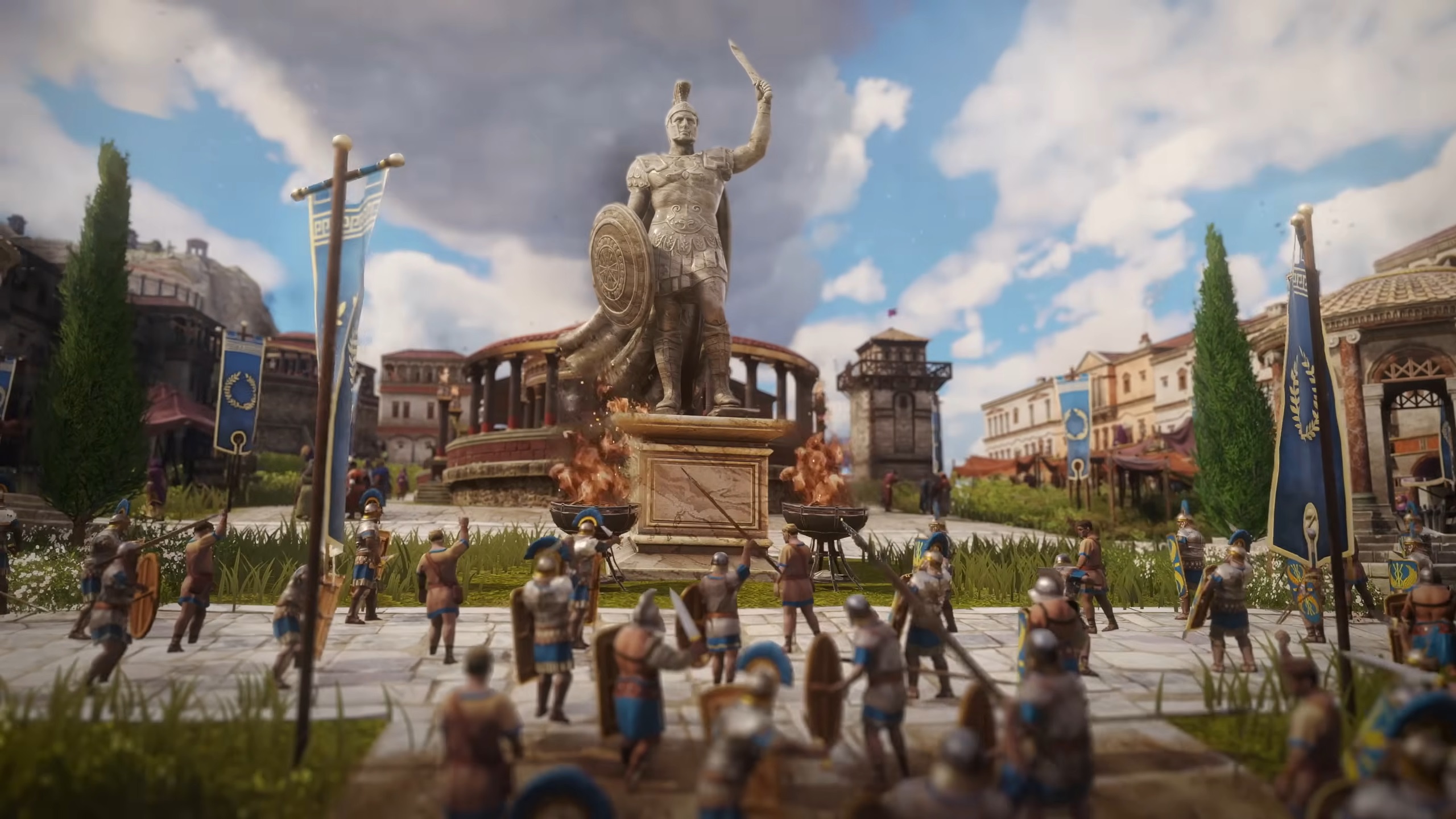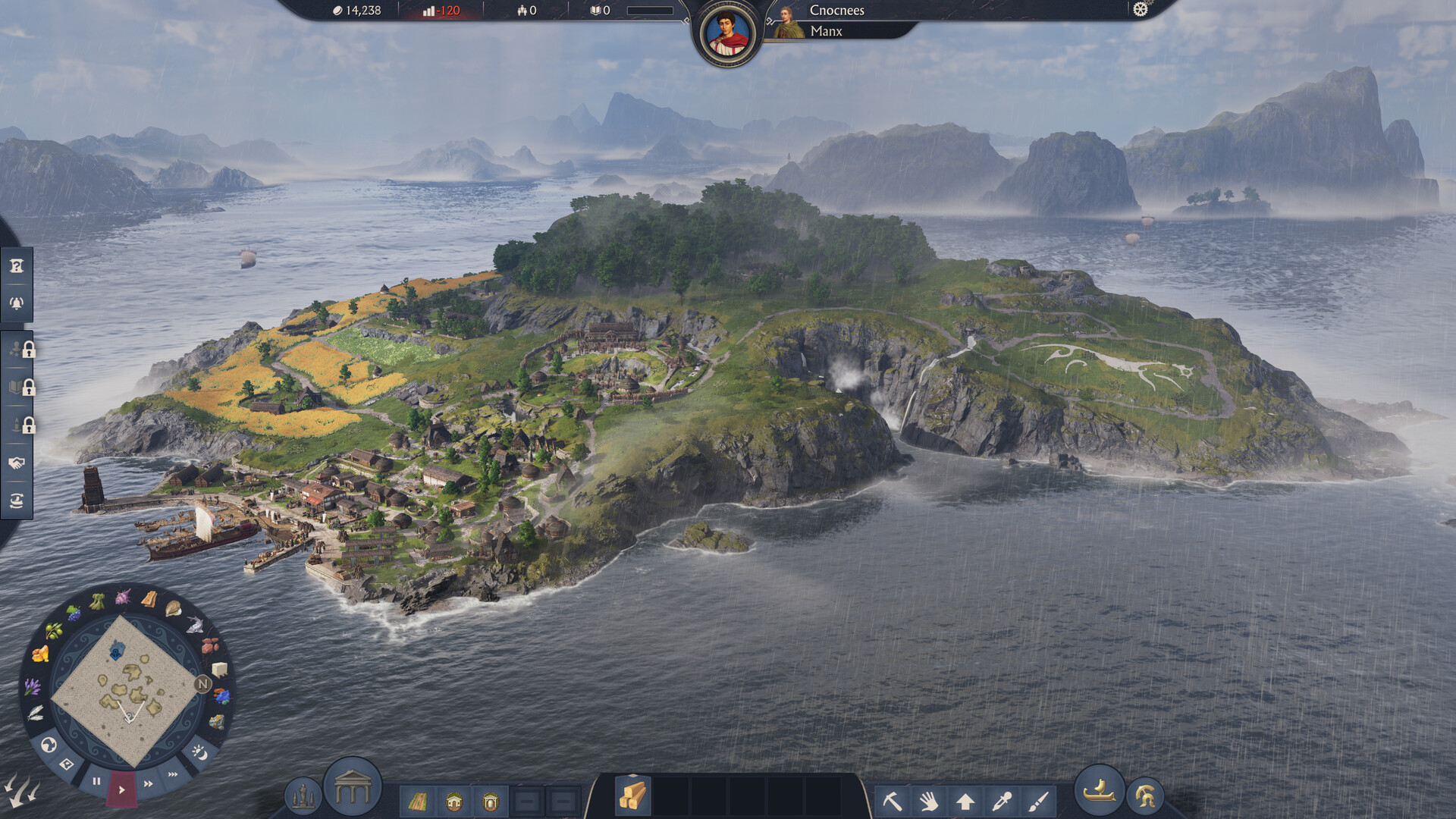Do you like picking up old flagship devices when their prices drop? We have compared the Snapdragon 8 Gen 2 with the Dimensity 9200.
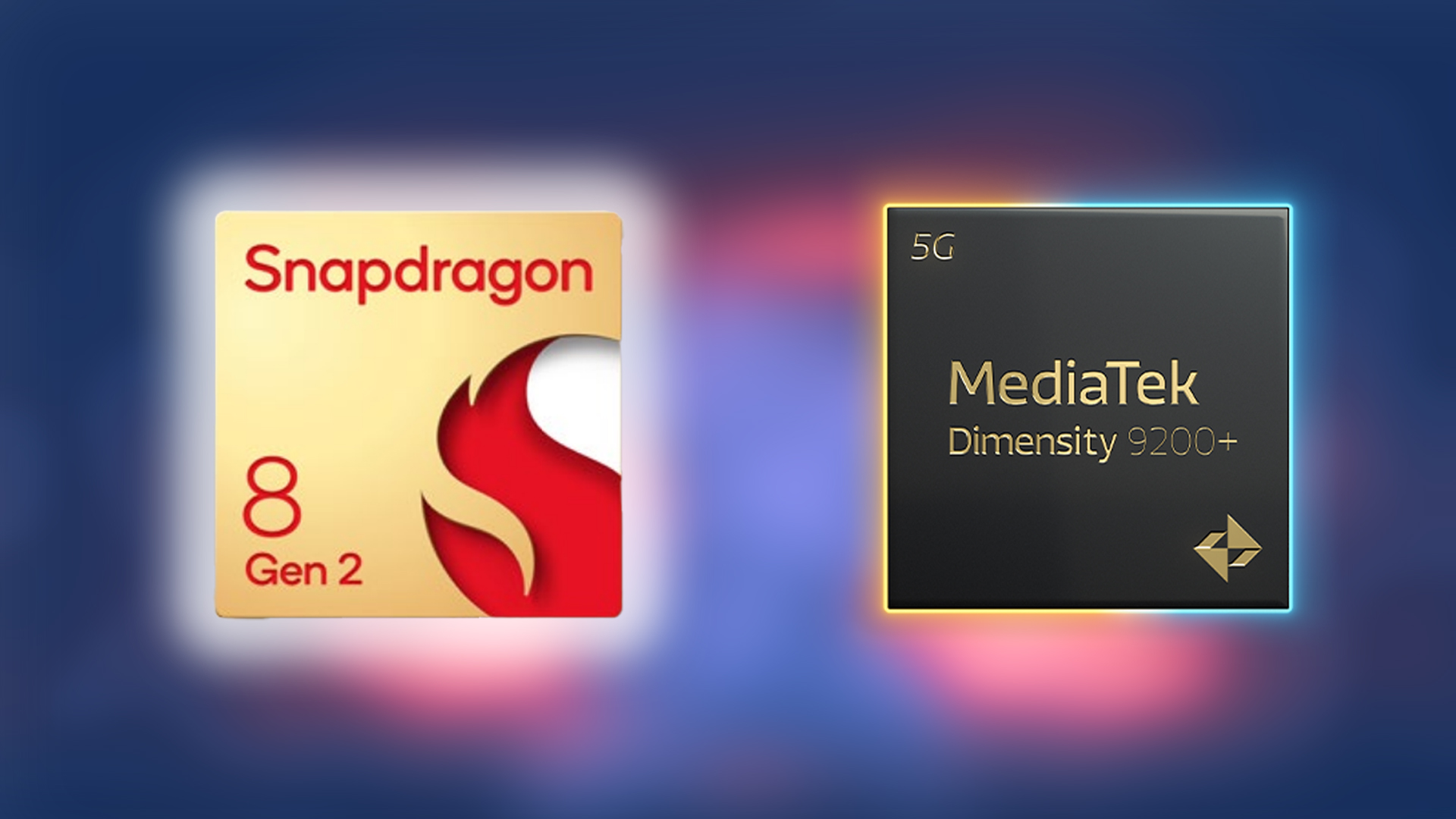
While many people buy the absolute best smartphones in every generation, not everyone can afford such luxury, but their heart desires a flagship, yet the prices are too high. That’s where we see the Samsung Galaxy S23 Ultra, which drops in price as it ages and the Galaxy S25 Ultra arrives, especially in the refurbished and new old stock markets.
As the S25 Ultra entered the scene, the S23 Ultra became available at mid-range or upper-mid-range prices, making it a dream come true for those who want flagship performance within their budget.
This article draws a line between the two titans of the past, the Snapdragon 8 Gen 2 vs Dimensity 9200, and compares them based on official manufacturer data and real-world use cases. Also, remember that the developer’s software implementation also plays a vital role in unlocking the SoC’s true potential.
Qualcomm Snapdragon 8 Gen 2
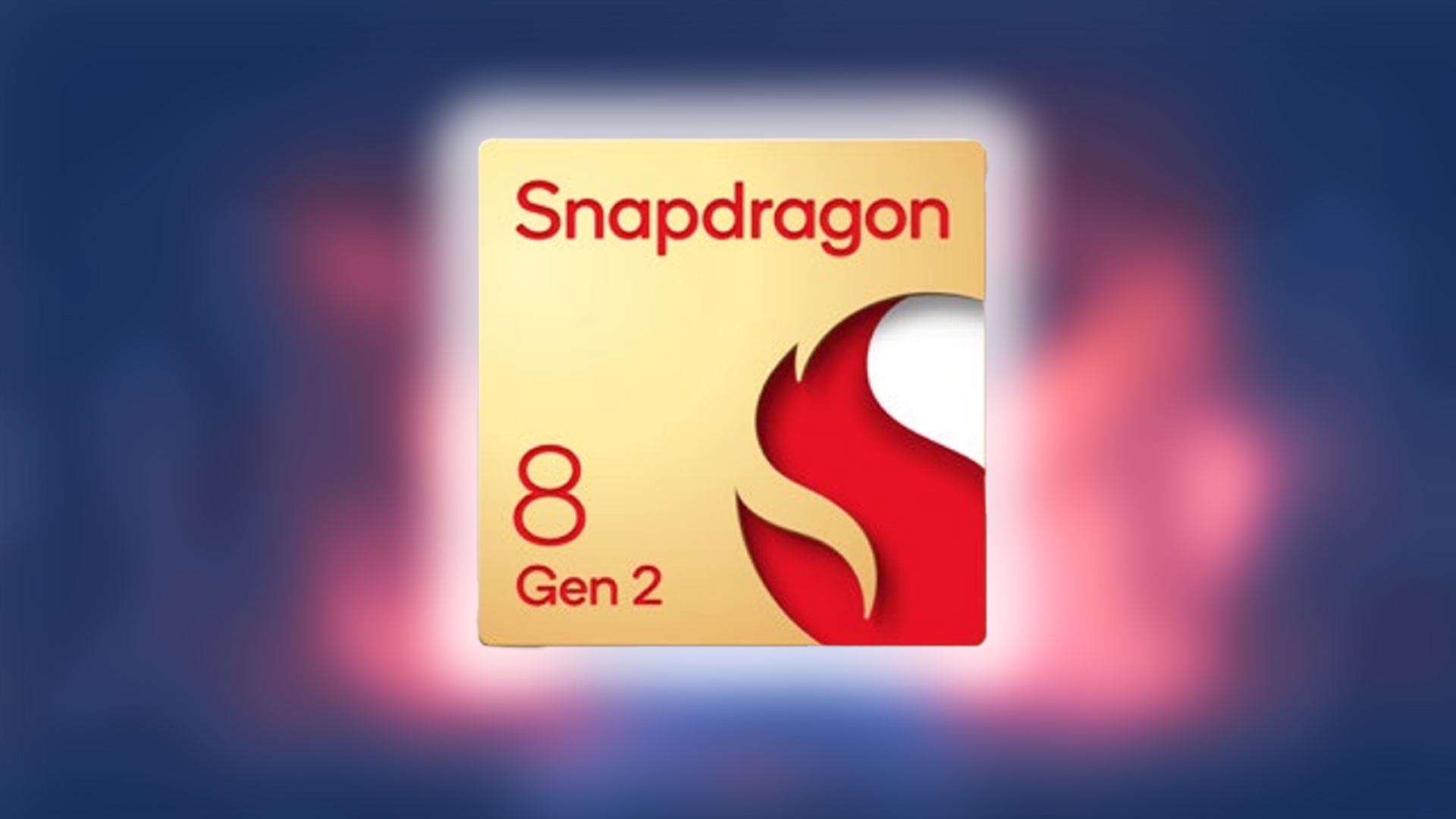
Specifications
- Lithography – 4nm, TSMC.
- Core Configuration – 1x Cortex-X3 @ ~3.36GHz, 4x Cortex-A715 @ 2.8GHz, 3x Cortex-A510 @ 2.0GHz.
- Adreno 740 GPU.
- Qualcomm AI Engine NPU.
- Memory Type – LPDDR5X with bandwidth up to 68 Gbps.
- The Snapdragon X79 modem supports up to 10 Gbps download speeds.
- Wi-Fi 7, Bluetooth 5.3 connectivity.
- Supports up to 200MP cameras and 8K HDR video recording.
Strengths
- The Adreno 740 GPU is still relevant today, as it supports hardware-accelerated ray tracing and delivers gaming performance that cannot be matched in current mid-range devices.
- Flagship camera at mid-range price point, considering you are getting a good deal on the smartphone model you are after.
- Like the GPU, the AI engine is also more capable than mid-range devices today.
Weaknesses
- Largely inefficient due to older architectural design.
- Prone to overheating issues and thermal throttling .
- Often, retailers will price gouge refurbished items, and you might find it hard to find a new smartphone intact and in stock.
MediaTek Dimensity 9200
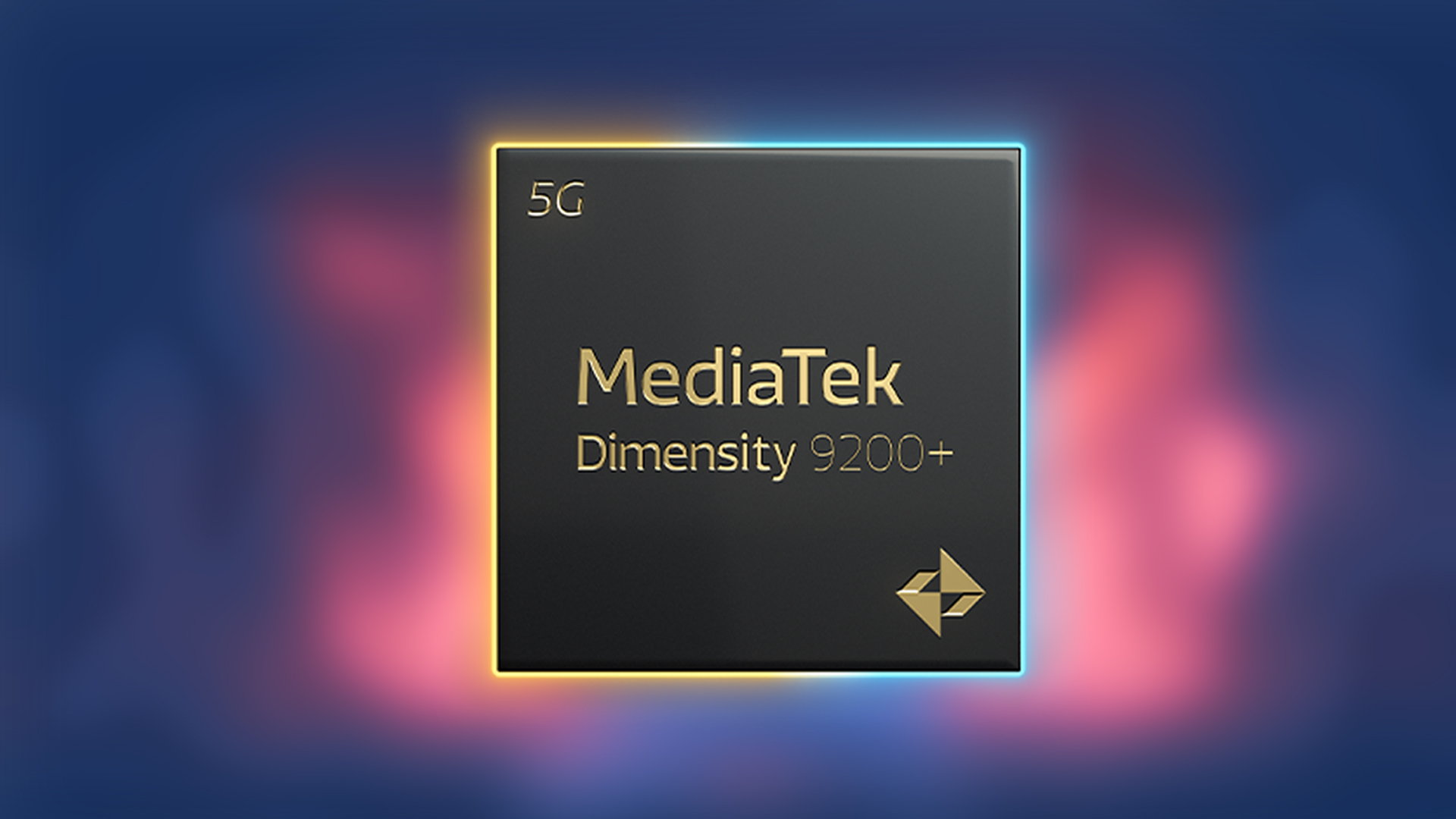
Specifications
- Lithography 4nm, TSMC.
- Core Configuration – 1x Cortex-X3 @ 3.05GHz, 3x Cortex-A715 @ 2.85GHz, 4x Cortex-A510 @ 1.8GHz.
- Mali-G715 Immortalis MP11 GPU.
- MediaTek APU 690.
- Memory Type – LPDDR5X Up to 68.2GB/s.
- MediaTek T800 modem with download speeds of up to 7.9 Gbps.
- Wi-Fi 7, Bluetooth 5.3, Connectivity options.
- Dimensity 9200 supports up to 320MP sensors, but real-world implementations will likely be similar to Snapdragon’s 200MP support.
Strengths
- Mali-G715 Immortalis also supports hardware ray-tracing and delivers gaming performance unseen in today’s midrange (Adreno 732 / Mali G615).
- Higher efficiency when compared to Snapdragon 8 Gen 2.
- Camera hardware is better equipped with native RGBW support for sharper images.
- You can expect to find Smartphones with Dimensity 9200 at a much lower rate than the 8 Gen 2.
Weaknesses
- Slightly lower peak download speeds (7.9 Gbps) compared to Snapdragon’s X70 modem (10 Gbps).
- The Immortalis GPU falls short of the Adreno 730 under sustained gaming workloads.
Final Verdict: Snapdragon 8 Gen 2 vs Dimensity 9200
If you find either of these chips in any smartphone, they deliver gaming performance that today’s midrange cannot. Add in the camera quality, security features, and the overall flagship experience. Lastly, the Dimensity 9200+ (featured in the image here) is an upgraded variant of the 9200; mostly everything remains the same, except with higher clock speeds (GPU and CPU), indicating it’s a better binned variant.
- Snapdragon 8 Gen 2 is better for gamers who want a flagship device at a mid-range price.
- Dimensity 9200 is also suitable for gaming but fits the overall budget all-around category.
Specs table for both the chips
| Specification | Snapdragon 8 Gen 2 | Dimensity 9200 / 9200+ |
| Lithography | TSMC, 4nm | TSMC, 4nm |
| Core Configuration | Cortex-X3 + A715 + A510 | Cortex-X3 + A715 + A510 |
| Max Frequency | Up to 3.36GHz | Up to 3.05GHz / 3.36 GHz for the 9200+ |
| GPU | Adreno 740 | Mali-G715 Immortalis MP11 |
| AI Engine | Qualcomm Hexagon | MediaTek APU 690 |
| Memory Type | LPDDR5X | LPDDR5X |
| Modem | Snapdragon X70 | MediaTek T800 |
| Connectivity | Wi-Fi 7, Bluetooth 5.3 | Wi-Fi 7, Bluetooth 5.3 |
| ISP | Up to 200MP; HDR video | Up to 320MP; HDR10+ video |
| Power Efficiency | Very Good | Excellent |
| Smartphones Powered | Samsung Galaxy S23 Series, OnePlus Open, OnePlus 12R, iQOO Neo9 Pro | Vivo X90 Pro+, OPPO Find X6 Pro, ASUS ROG Phone 7 Ultimate |
Looking For More Related to Tech?
We provide the latest news and “How To’s” for Tech content. Meanwhile, you can check out the following articles related to PC GPUs, CPU and GPU comparisons, mobile phones, and more:
- 5 Best Air Coolers for CPUs in 2025
- ASUS TUF Gaming F16 Release Date, Specifications, Price, and More
- iPhone 16e vs iPhone SE (3rd Gen): Which One To Buy in 2025?
- Powerbeats Pro 2 vs AirPods Pro 2: Which One To Get in 2025
- RTX 5070 Ti vs. RTX 4070 Super: Specs, Price and More Compared
- Windows 11: How To Disable Lock Screen Widgets
 Reddit
Reddit
 Email
Email
